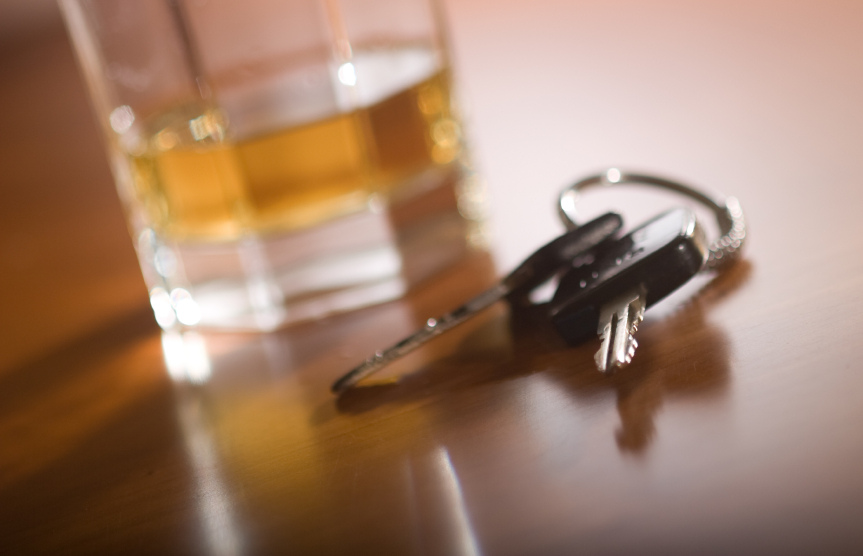New York Legislature to Consider Lowering BAC Threshold for DWI
One state assemblyman has proposed lowering New York’s threshold for misdemeanor Driving While Intoxicated (“DWI”), citing a recent recommendation from the National Academies of Sciences, Engineering and Medicine that doing so could save thousands of lives.
Assemblyman Félix Ortiz (D), representing the state’s 51st assembly district which includes areas of Brooklyn, has introduced a bill that would lower the threshold from a 0.08% blood alcohol concentration (“BAC”) to 0.05%. The BAC of a driver is determined by a chemical breath test taken shortly after a driver is arrested. “We must always be proactive – and not reactive – when it comes to driver and passenger safety on our roads. I will make every effort to see this legislation enacted quickly,” said Assemblyman Ortiz.1
Currently, New York’s legislative scheme for punishing alcohol-related crimes makes driving with a BAC of 0.05% to 0.07% a violation and not a crime, pursuant to Vehicle and Traffic Law § 1192(1). The offense becomes a misdemeanor only when the driver’s BAC registers at 0.08% or greater, pursuant to Vehicle and Traffic Law § 1192(2). Felony DWI charges are pursued in certain circumstances, including when a child is present in the vehicle or if the individual has prior alcohol-related convictions.
A BAC of 0.18% or higher is considered an Aggravated DWI pursuant to Vehicle and Traffic Law § 1192(2-a)(a) and is also a misdemeanor, but the related civil penalties associated with an Aggravated DWI charge are greater. Assemblyman Ortiz’s proposed legislation would lower the threshold for Aggravated DWI to 0.12%.2 The bill would also amend the maximum allowable BAC for drivers of commercial motor vehicles (0.05%).
The bill’s text justifies the changes to the law by stating, “The Unite[d] States has a more lenient BAC for drunk driving than 100 other countries; nearly all the European, Asian, and South American countries have adopted a standard lower than .08. When Australia dropped its BAC level from .08 to .05, provinces reported a 5-18 percent drop in highway fatalities.” The National Academies of Sciences, Engineering and Medicine recently released a report which states 29 people die each day in the United States in alcohol-related crashes.3
It is unclear whether the proposed changes to these laws would have any effect on the current DMV regulations about the re-licensing of those who have been convicted of alcohol-related offenses. The Court of Appeals, New York’s highest court, has upheld the DMV’s regulatory scheme which revokes the licenses of persistent DWI offenders for long periods of time, including lifetime revocations for certain offenders.4
References
- Assembly Member Félix W. Ortiz, “Ortiz Seeks to Lower ‘Driving While Intoxicated’ Blood Alcohol Concentration Level from .08% to .05%.” Available at: http://nyassembly.gov/mem/Felix-W-Ortiz/story/79116/ (last accessed January 23, 2018).
- Bill 2302, 241 N.Y. Leg. (2018).
- Steven M. Teutsch, Amy Geller, and Yamrot Negussie, Getting to Zero Alcohol-Impaired Driving Fatalities: A Comprehensive Approach to a Persistent Problem. (National Academies of Sciences, Engineering and Medicine, 2018). Available at: http://www.nationalacademies.org/hmd/reports/2018/getting-to-zero-alcohol-impaired-driving-fatalities.aspx (last accessed January 23, 2018).
- Matter of Acevedo v. New York State Dept. of Motor Vehicles, 29 N.Y.3d 202 (2017).

